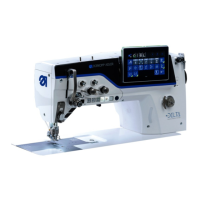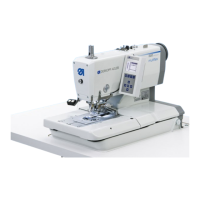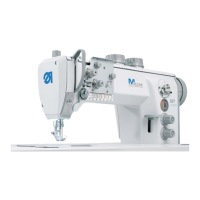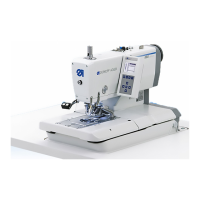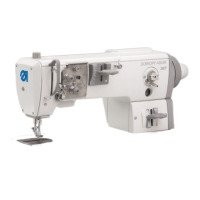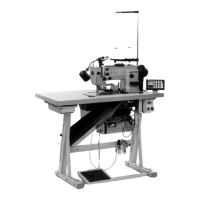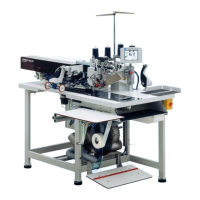Assembly instructions
29
© 2010 Dürkopp Adler AG
7.3 Electromagnetic compatibility (EMC)
The DAC
basic
or DAC
classic
is prepared for installing in or attaching to the sewing units and sewing equipment and
meets the relevant EMC regulations required for this (CDV IEC 204-3-1 44 sec 169) with a cable length of up to
500 mm on each input or output socket. From experience this is sufficient for sewing units. With sewing
equipment further measures may be necessary because of longer cables, bad cabling, strong adjacent
interference fields etc. The effect of interference can be reduced or eliminated by doing the following:
- by suitable filters, delay units, suitable cables and cable runs.
- Run cables of different electrical circuits (mains voltage, low voltage) physically separate from each other
in order to keep interference low.
- Reference potential wires for the electrical circuits or joint connection point: star-shaped wiring
with one or more reference points that are earthed with large cross-section insulated wires
.
- Electrically conductive parts of the sewing unit or sewing equipment must be connected to
the protective earth on the DAC
basic
housing by potential equalising cables. (Cables suitable for high
frequency:
extra fine stranded wires with a cross section of at least 2.5 mm
2
or wide copper bands.) When connecting
the potential equaliser you must ensure secure contact i.e. on painted parts the
connection must be made using toothed washers.
- by suitable filters, delay units, suitable cables and cable runs.
- Run cables of different electrical circuits (mains voltage, low voltage) physically separate from each other
in order to keep interference low.
- Reference potential wires for the electrical circuits or joint connection point: star-shaped wiring
with one or more reference points that are earthed with large cross-section insulated wires.
- Electrically conductive parts of the sewing unit or sewing equipment must be connected to
the protective earth on the DAC
basic
or DAC
classic
housing by potential equalising cables. (Cables
suitable for high frequency:
extra fine stranded wires with a cross section of at least 2.5 mm
2
or wide copper bands.) When
connecting
the potential equaliser you must ensure secure contact i.e. on painted parts the
connection must be made using toothed washers.
The following parts must be included in the potential equalisation:
